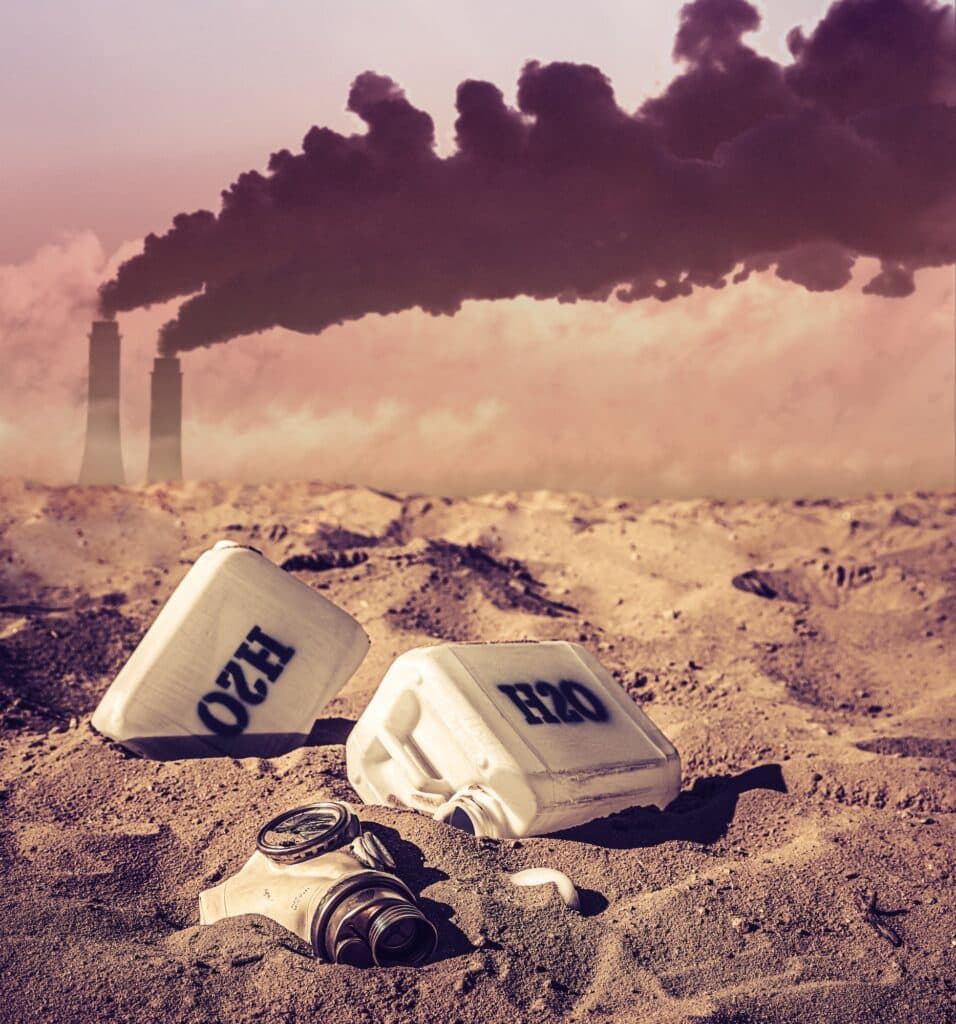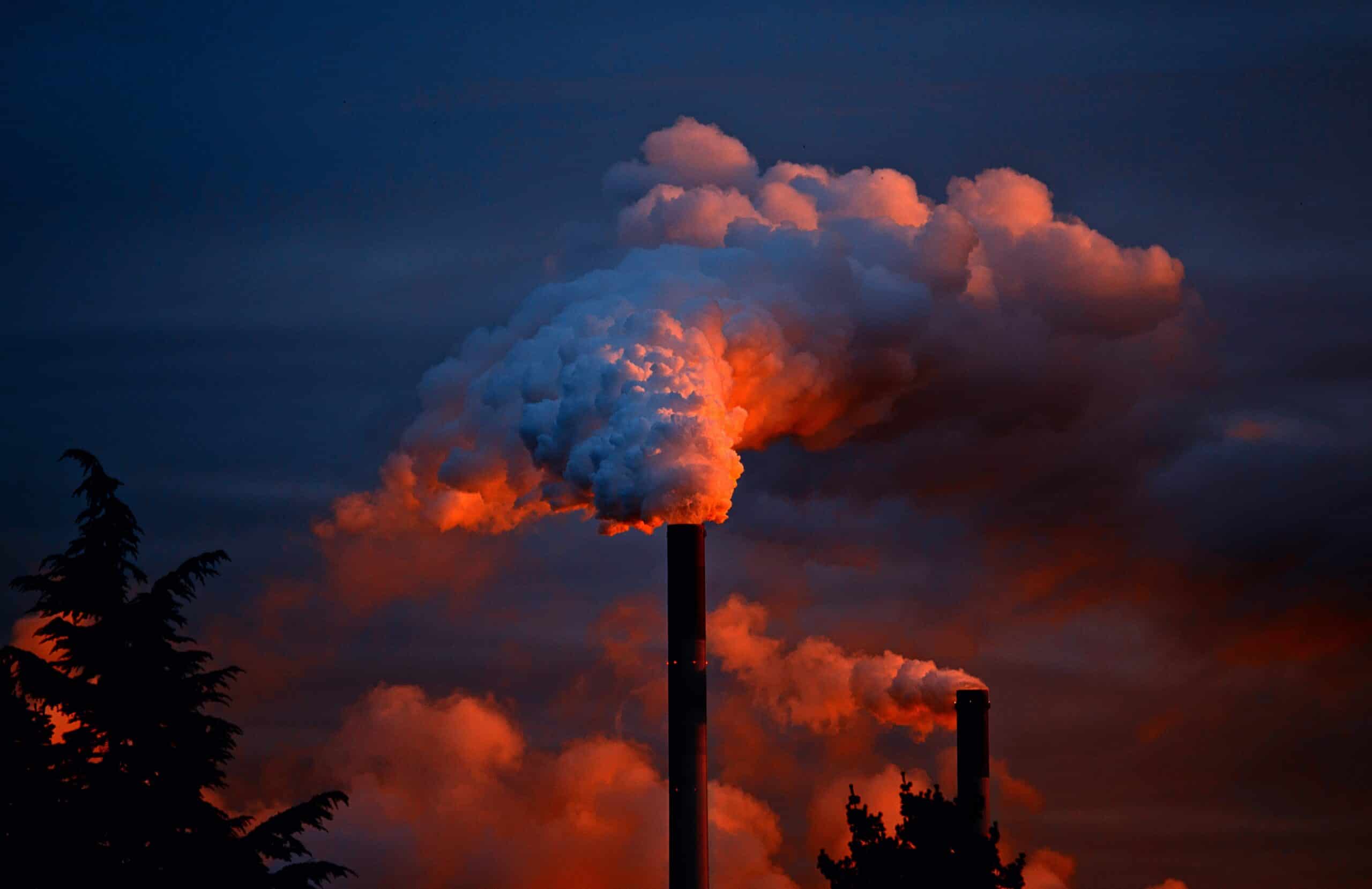
Environmental Racism is the disproportionate impact of environmental hazards on people of color. Environmental racism is a world-wide issue, where governments are looking for cheap land to expel hazardous waste, that is often in areas where people of lower income groups live, and people of color are targeted.
Although hazardous waste has been disposed in low income areas, the drive to expel waste has depended on race in the past. Whether a neighborhood is wealthy or poor, the majority race is taken into account before waste is expelled. Environmental Racism is actively occurring, and we can look at examples from the past that prove that toxic and hazardous waste were dumped in areas of prevalent minority groups, across the world. Environmental Racism doesn’t just stop at dumping hazardous waste, there are many practices where people of color are treated differently in an area, versus white individuals in the same area.
The History of Environmental Racism
In 1982, Benjamin Chavis, an African American Civil Rights leader, coined the term
“environmental racism” when describing the way that the government not only targets and forces hazardous waste upon minority groups, but also continues on their way, leaving minority groups and people of color to deal with the aftermath, also without helping them, and prioritizing white neighborhoods and groups of people instead.
When looking at environmental racism in the United States, it is important to understand redlining, which environmental racism was a direct result of. When individuals are placed in an area simply because of the color of their skin, and then mistreated due to skin color, environmental racism presents itself. The issue with redlining, was that because of this now illegal practice, many families and groups of people in the large US cities have health complications due to the harsh practices that followed redlining.
Redlined areas were used as areas to dump hazardous waste, build main roads through, and build industrial plants, all factors that cause health issues in individuals. Environmental racism and redlining go hand in hand, because although redlining has been outlawed for more than 50 years, the mistreatment of people of color and minority groups remains. Expelling hazardous waste onto communities is the most common practice of environmental racism, but communities still struggled to gain wealth, own homes, and take out loans, due to their mistreatments simply based on their skin color.
Redlining in the US is just an example of environmental racism, but the th issue extends further than the US and further that expelling hazardous waste. Environmental racism occurs through mistreatment of a group of people of color due to their race, in any environmental instance.
A Worldwide Issue
Environmental Racism is a form of systemic racism. Communities and people groups all over the world are suffering through toxicity and health hazards that they cannot control, and cannot get away from due to their economic status. These communities suffer greatly, and are most impacted because they are unable to even work through the challenges thrown their way, or escape them. It is those who contribute to pollution least, who deal with it the most.
Flint, Michigan, was poisoned by their own tap water that was flowing from the Flint River, a river with years worth of toxic waste dumped in it, and the people in the city were told that the water was just fine to drink, so they continued to drink it for months. The water was reportedly the color of black coffee. At the time, Flint, Michigan had a presence of over 100,000 people of color. The city chose to poison these individuals by switching the water source to the flint river, to save money, but instead this choice leads as an example of environmental racism in the US.
In the United Kingdom, black children are more at risk to develop health issues related to pollution than white children. Families in the UK face health and homelife issues because of the color of their skin. Asia has taken a huge hit from electronic waste being disposed of in areas. Children are getting sick from computers and other electronic item parts decaying in their vicinity. When COVID-19 was plaguing the world, and spreading quickly, non-white individuals were more likely to have deadly symptoms than white individuals.
Though redlining was a large issue in the US, and environmental racism developed from it, environmental racism is not exclusive to the United State, but occurs across the globe. Families in the UK face health and homelife issues because of the color of their skin. Asia has taken a huge hit from electronic waste being disposed of in areas. Children are getting sick from computers and other electronic item parts decaying in their vicinity. When COVID-19 was plaguing the world, and spreading quickly, non-white individuals were more likely to have deadly symptoms than white individuals.
Learning from the Past
Unfortunately, the individuals who are at fault for the least, take the most brunt of the damage from environmental racism. With laws and regulations tightening around dumping, and more evidence of systemic racism coming to light, the hope for an end to environmental racism is near. Though we can always look forwards to the future, and relish in the promise of change, we cannot change the past, and we cannot undo what has already been done but rather use the past as an example to better our future.








